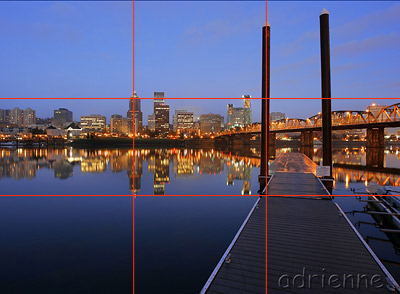Wednesday, September 23, 2009
A history of Video Production (Wk 4)

That was the topic of this weeks lecture. It was a majorly shortened version of the entire history of film and screen, but managed to cover all of the key points. I’m not so sure how to summarize this so here goes.
· 1895 – The word cinema was coined from cinematographer
· 1897 – The first cinema was made for the sole purpose of showing films
· 1903 – The first narrative film ever, The Great Train Robbery
· 1906 – The first feature length film, The Story of the Kelly Gang, made in Australia
· 1909 – Movie palaces began opening throughout America housing from 1000-3000 people.
· 1913 – The studio system was born; pre-planning and budgeting were made to help with production.
· 1914 – The first movie star, Charlie Chaplin
· 1921 – Believed to be the first film with sound, D.W. Griffiths “Dream Street”
· 1923 – “The Ten Commandments” was the first film to feature parts in Technicolor.
· 1927 – The birth of Talkies (movies with sound), Warner Brothers “The Jazz Singer”
· 1929 – The first film to use both Technicolor and Sound was “On With The Show”, first shown in NYC on May 28, 1929
· 1933 – The first Drive-In theatre, actually called “The Automobile Movie Theatre”
· 1937 – Snow White, the first feature length animated colour film.
· 1939 – What a year, T.V. Wizard of Oz, Gone with the Wind and much more
· 1941 – Film Noir (noir is black in French) was a new style of film which focused on showing the darker side of life.
· 1952 – 3D was introduced to help bring audiences back to the cinema and to compete with the growing market of T.V.
· 1952 – The first video tape recorder was created.
· 1960 –Psycho, the best horror film ever was directed by the great Alfred Hitchcock
· 1963 – The first Multiplex cinema
· 1967 – Sony made the first consumer Black and White video camera
· 1978 – The video Laser Disk
· 1983 – Tron. The first film to heavily use 3D animation.
· 1986 – Pixar’s Luxo, Jr. was the first film to be fully computer generated.
· 1988 – Who Framed Roger Rabbit was a breakthrough in using animation and live-action film together.
· 1994 – Pulp Fiction used a whole range of techniques to deliver one of the best films ever.
· 1995 – Toy Story. The first fully computer gernerated feature length film ever which had a run time of 81 minutes
· 1997 – The first DVD’s (Digital Versatile Disks) began being sold in America
· 1998 – The first HDTV sets started being sold in America
· 2006 – YouTube has over 100 million videos being watched per day :O
So that’s it basically LOL.
Monday, September 14, 2009
Week 7 - Free Internet

Last weeks lecture was mainly composed of what i already wrote about several weeks ago. That was the post on your rights on the internet. It covered Copyright and Creative Commons.
Friday, September 11, 2009
Week 3 - Language of the screen -

This weeks lecture was on the language of the cinematic screen (the movies). It started by talking about the different kinds of shots you would get in a typical film.
VLS/WS: Very LS/Wide
Shot
LS: Long Shot
MLS: Medium LS
MS: Mid Shot
MCU: Medium CU
CU: Close Up
BCU: Big CU
ECU: Extreme CU
The lecture then continued to show how different shots can create different meaning within the film and that some shots have become recognized as being a characteristic of a certain mood, for example a close up on a clock shows the time, a close up of someone shows who. From that the subject of headroom and talking room came up generally leading into the rule of thirds. The rule of thirds is that there is a set of standard accepted ways of framing a shot so that the viewers get the most pleasure from watching. Also in a film every shot needs to create a moving feeling, without this the film often feels dead or empty.
